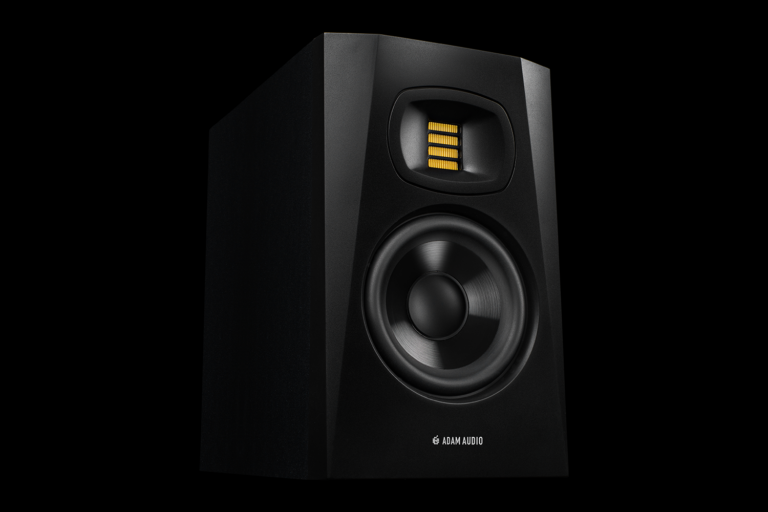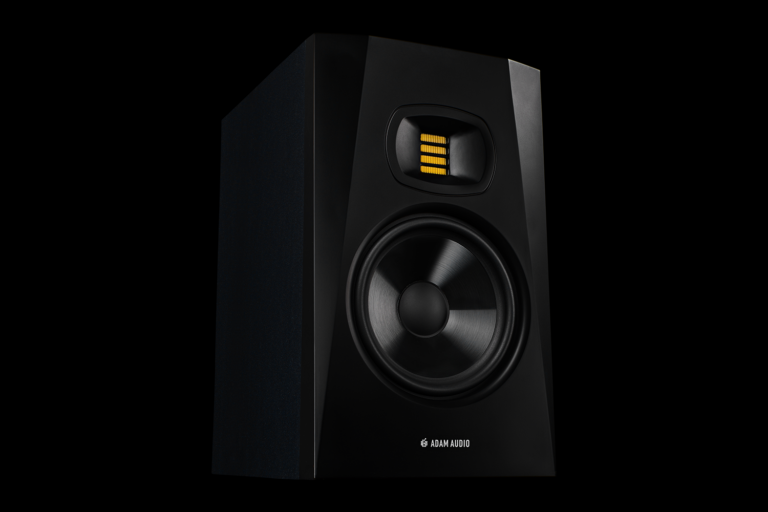NEXT LEVEL PODCASTING
The world of podcasting and audio books is becoming more and more popular with today’s listeners. From true crime to ancient history, more and more subjects are being covered by a growing number of both professional studios as well as aspiring content creators and story tellers.

Getting the essentials right
Podcasts need to excel in two key areas: content and audio quality. Since the visual component is typically missing and podcasts are often listened to on-the-go, the voices of the speakers need to be crystal clear.
DIY Culture
It doesn’t take a lot of equipment to start your own podcast: a microphone and a pair of headphones per person, plus a suitable recording device with the respective software – and you are ready to go.
The first and everlasting mantra of any professional recording is: get your material right at the source. There can be many potential issues, such as reverb, clipping, cross-talk, hissing, and other noises that can render recordings unusable. With experience and education comes the understanding of how and with which tool to tackle those issues.

Monitoring and post production
Suitable headphones such as the ADAM Audio Studio Pro SP-5 can be used to monitor vocal signals before (soundcheck, warm-up) and during the actual recording process, to avoid any disturbances in the audio material which will save you hours of fixing things in post production.
Once the recording is in the bag, a good pair of studio monitors is the weapon of choice when it comes to post production of podcasts. They have been a most-established tool in pro audio and broadcast for decades and will help you to ensure that the mix sounds pleasant on all devices, including smart phone speakers. Using studio monitors such as the ADAM Audio T5V and T7V in post production will allow you to detect and correct any errors and improve clarity.

Common issues with vocal recordings
- The understandability of a vocal recording can suffer significantly, if there’s too much background noise. The random but typically steady nature of noise allows noise reduction algorithms to improve the signal to noise ratio but not without artifacts. With good monitoring, you can clearly tell if the vocals still sound real.
- Due to the proximity of the speaker to the microphone, plosives and hissing sounds can be overly represented in the recording, which can be vexing on the listener. So called “de-esser” tools allow you to dial in a natural sound, that’s easy on the ears.
- Compression is often used to level out the volume of a vocal recording. Thereby peaks are tamed, and softer passages are still clearly audible. The right amount of compression can also add to the warmth and presence of your audio.


